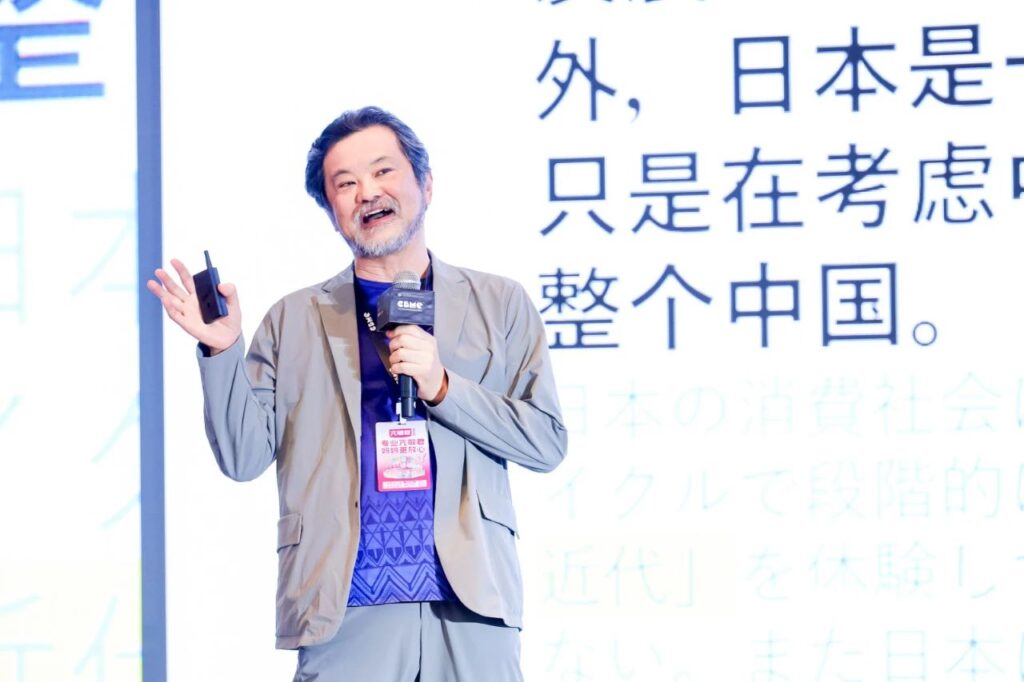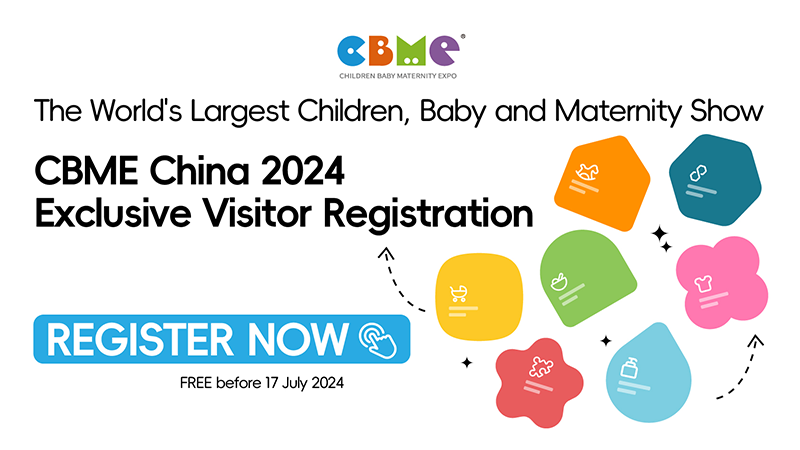Domestically, when comparing Japan’s economic and demographic development trajectory, the phrase “reflecting on Japan” is often mentioned. Indeed, Japan has earlier experienced downturns in the economy, a decline in consumption power, demographic structural changes, and other new challenges and changes from the perspectives of population, economy, and society. In 2023, Miura Atsushi, considered to be Japan’s “first in consumption industry research,” based on his new insights into macro-consumer research, published his work “Society of Solitude (Predictions on the Fifth Era of Consumption).”
At the site of the 2024 CBME Maternity, Baby and Child Industry Summit, we also had the great privilege to invite Miura Atsushi to analyze the evolution and the latest trends of the Japanese consumer market and discuss the implications and influence of these trends on the Chinese market.

The following is shared by Miura Atsushi, organized by CBME Insight:
Characteristics of the Fourth Era of Consumption and Changes in Consumer Psychology
No matter whether it’s the first, second, third, or fourth era of consumption, each period is usually driven by key events that lead to profound societal changes, including natural disasters that bring about the transition of eras.
The advent of the first era of consumption was during the 1923 Great Kanto earthquake in Tokyo; the second era came with Japan’s defeat in 1945 during the war; the third era arrived with the 1973 oil crisis; the fourth era started with the 1998 Asian financial crisis; and the fifth era of consumption arrived at the juncture of the 2020 Covid-19 pandemic.
Let’s take a look at a few features of Japan’s fourth era of consumption: the rise of sharing awareness; consumers shifting from idolizing Europe, America, and cities to pursuing personal satisfaction and local identity; from chasing brand names to simple, practical items; from purely material pursuits to valuing services and human connections.
A representative enterprise of this era is Muji. Muji was born during the third era of consumption, and its sales did not grow much, until the end of the third era and the coming of the fourth era, which brought about a rapid increase in its sales.
Now let’s talk about the psychosocial changes caused by the fourth consumer society.
Entering the third and fourth era of consumption, more people sought psychological satisfaction, especially in the fourth era, where 60% of people pursued spiritual fulfillment in their consumption, while about 30% sought material satisfaction. The differences behind this need our focused consideration. For example, the best-selling cars in Japan during the 1980s might have been those that chased speed and better performance, but now, the best-selling cars in Japan are designed to be more lovably awkward and cute.
Why these changes? Max Weber once divided rationality into two types: one is instrumental rationality, and the other is value rationality. This can also be applied to consumer behavior.
What is instrumental rational consumption? It’s the consumption behavior chosen to achieve an end more effectively and efficiently. Value-rational consumption emerges as consumers’ incomes increase and their lifestyles become more diverse, with consumers displaying more personal consumption behaviors. Against this background, what kind of products do we need to provide to consumers? They likely need to embody several elements: beauty, cuteness, comfort, environmental sustainability, and the ability to reflect the consumer’s individuality.
Features of the Fifth Era of Consumption and Social State Manifestations
Currently, Japan is entering the fifth era of consumption. The Japanese government now advocates for building a “WELL BEING” society. “WELL BEING,” literally means to exist well or, in other words, to live a good life—one with personal lifestyles and life goals, in a society full of inclusion towards gender, age, disability, race, etc. Its essence represents a new state of society: a happy state of long-term stable social peace and life security, involving five elements: the environment, health, welfare, education, and safety. The fifth consumer social era we speak of is also striving towards the status of “WELL BEING.” A significant feature of the fifth consumption can be expressed as “5 S’s”: slow, small, soft, sociable, and sustainable.
Let me introduce a case example of community development in the fifth era of consumption: a “WELL BEING” themed community development in the center of Tokyo.
This is a transformation of a sanatorium by one of Japan’s major insurance companies, Dai-ichi Life Insurance, into a facility open to the public. It includes student dormitories, nursing homes for the elderly, and basic facilities like parks and sports fields. One of the most recent developments is a small shopping center called “Sky and Wind,” an open-air shopping center where children can play freely, and community interaction is fostered.
Since Japan is just entering the fifth era of consumption, many developments are still in the predictive stage. Still, it’s clear that the core of the fifth era of consumption is a time when consumers make choices to create a better overall living environment, not just a time for buying goods. How do I view China’s current consumer market? Personally, I believe there is still a clear demand for sophistication, diversification, and individualization in China’s consumer market at this stage.
Has China arrived at the fifth era of consumption? I personally think that China is currently hovering between the fourth and fifth eras and has not fully entered the fifth era. Of course, in China’s first-tier cities or 1.5-tier cities, this pace may be faster.
Let me sort out my understanding of future Chinese consumer trends:
First, the aging population is a certain trend.
Second, more diversification is needed. Without diversity, a society will saturate, and without diversification, it won’t be possible to create distinctive products that can be exported overseas.
Third, as life grows richer and better, people will gradually focus more on spiritual pursuits.
In summary, the future for China needs a greater variety of products, designs, aesthetics, and values.
Finally, I hope that today’s review of the evolution of Japan’s consumption eras can serve as a reference for our colleagues in China, especially regarding the changes in consumption patterns for the middle-income class.
Keywords:






